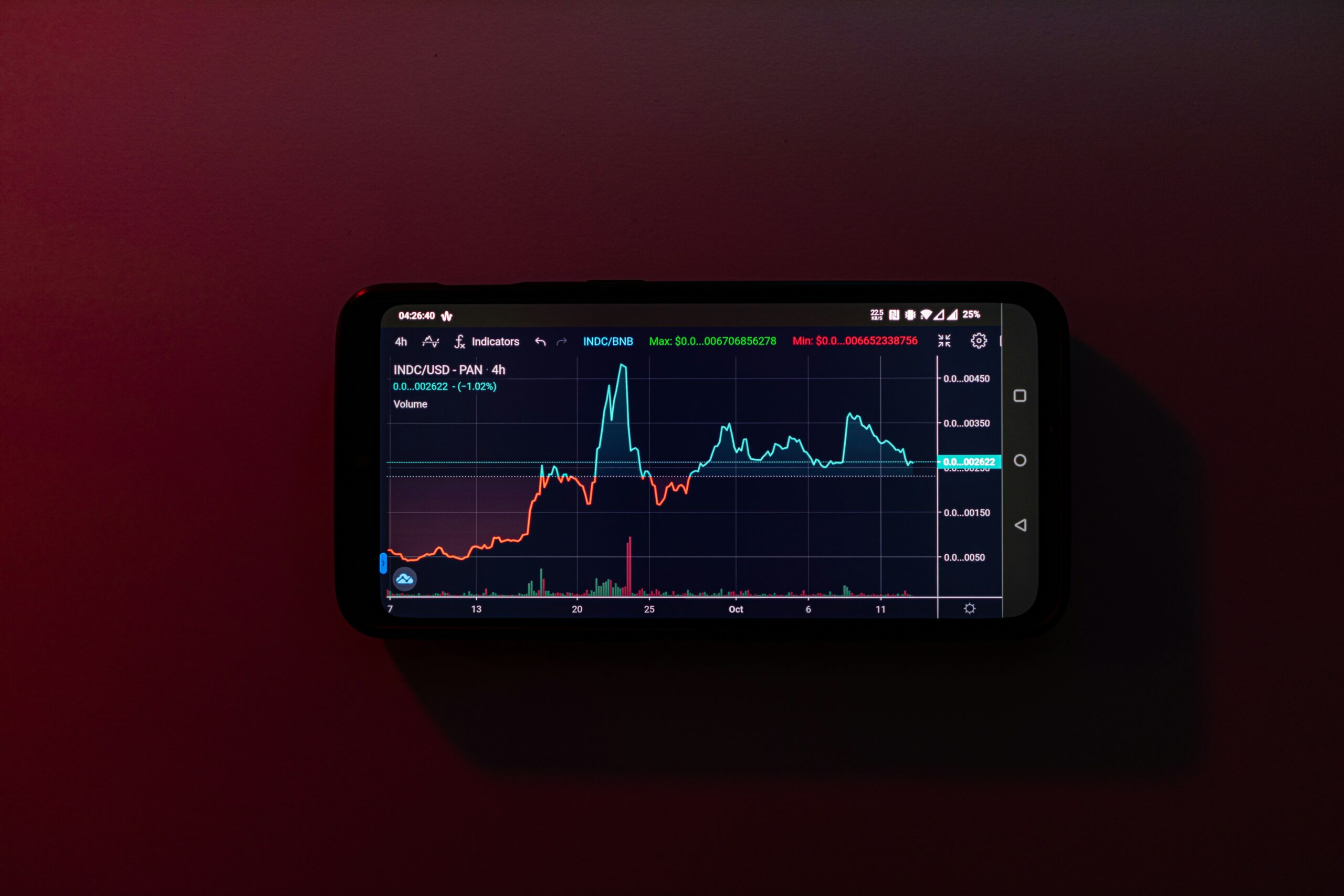How Different Trading Bots Work?
Trading bots are algorithms that execute trades at fast speed based on predefined parameters. They utilize real-time market data provided by APIs and data feeds to gain awareness of market conditions and employ order book system to assess market liquidity, determining optimal price for entering or exiting a trade. While all trading bots work by using these tools, they differ in their respective strategies. For example, DCA bot utilizes DCA or Dollar Cost Averaging strategy which involves buying or selling assets in specific quantities at regular intervals to reduce effect of price volatility on investment. Similarly, grid bot operates within a price range enabling traders to capitalize on optimal price points.
They also enable high-frequency trading, which is not possible through manual trading. These bots work with minimal latency and execute trades in milliseconds, reacting to market conditions and placing orders instantaneously. In contrast, manual trading involves small delays which can lead to lower profits.
Grid Bot Review
This trading bot is well-suited for beginners who are just getting started with automated trading. Unlike long-term strategies which can be sophisticated, grid strategy allows traders to take benefit from short-term price movements in both directions. You select a specific price range such as $50,000 to $60,000 for BTC, if current price is fluctuating around $54,000. If you use grid spacing of $1000, the bot will place buy orders at $53,000, $52,000 and $51,000 and sell orders at $56,000, $57,000 and $58,000.
It’s important to note that bot does not execute trades if price of asset goes outside the predefined range. This strategy is similar to day trading, where you focus on short-term price movements within a specific range.
Various dedicated platforms such as 3Commas provide grid trading bots. You can also use crypto exchanges like Binance and Pionex for automated grid trading. On Binance and Pionex, you can either manually configure the parameters or let the AI decide the optimal parameters for you.
DCA Bot Review
It is a bot that uses Dollar Cost Averaging (DCA), which is one of the most popular trading strategies. In this strategy, a large investment is divided into smaller parts all of which are bought or sold in specific intervals. The effect of price volatility is spread across these small investments. If big investment is done at single time, it can lead to bigger losses. That’s why, DCA strategy is very effective in reducing the impact of price volatility.
The profitability of a DCA bot depends on long-term price trends. The bot purchases assets at regular intervals, regardless of the asset’s price at the time, which averages out the cost of the investment. The strategy works best when the asset’s value is gradually increasing over time. By consistently buying assets at lower price points during downturns and selling at higher prices during uptrends, the bot generates profits.
Arbitrage Bot Review
Arbitrage bot leverages multiple markets rather than focusing on single market. It uses price discrepancies between different markets or different exchanges to generate profit. The amount of profit earned depends largely on size of price discrepancies. For example, if BTC costs $55,000 on exchange A and $55,250 on exchange B, the bot would purchase BTC from exchange A and sell at exchange B, resulting in profit of $250.
Arbitrage trading can be challenging without the use of bots because manually executing trade can be slower and price discrepancies may disappear before trade is executed, resulting in missed profit opportunities.
Managing The Risks
While bots are very effective in achieving higher returns on investment by capitalizing on high-speed trading and built-in strategies, there remains chances of losses if market keep moving unfavourably. That’s why, doing a technical analysis prior to automated trading is crucial. It is also important to define risk tolerance and set specific loss limits to protect long-term profits.
Understanding potential price movements, and defining risk limits, help in setting effective parameters for bot trading. An important tool you can leverage is simulated trading, which allows you to gain experience and see how your trading bots would perform under different market conditions.
